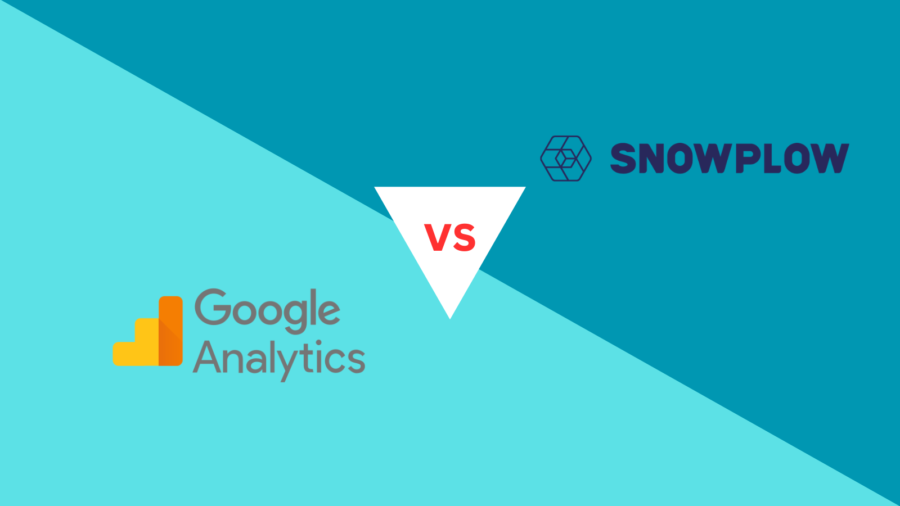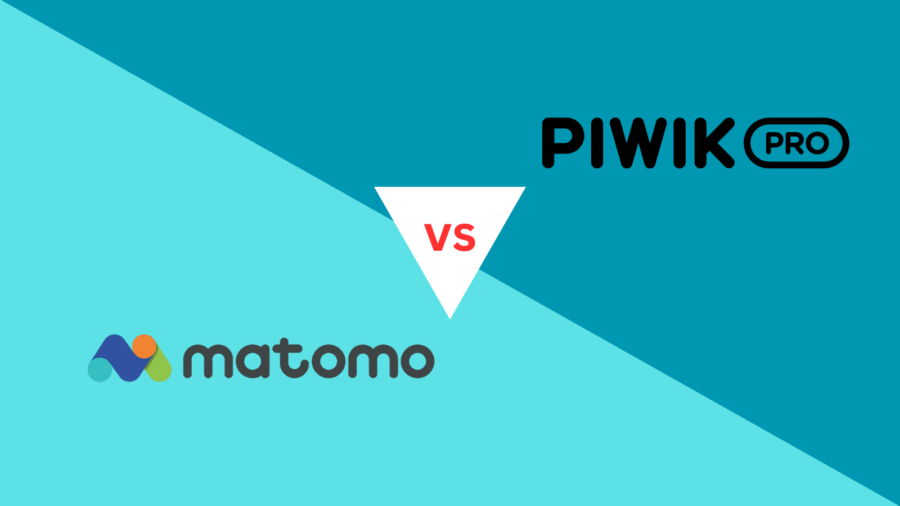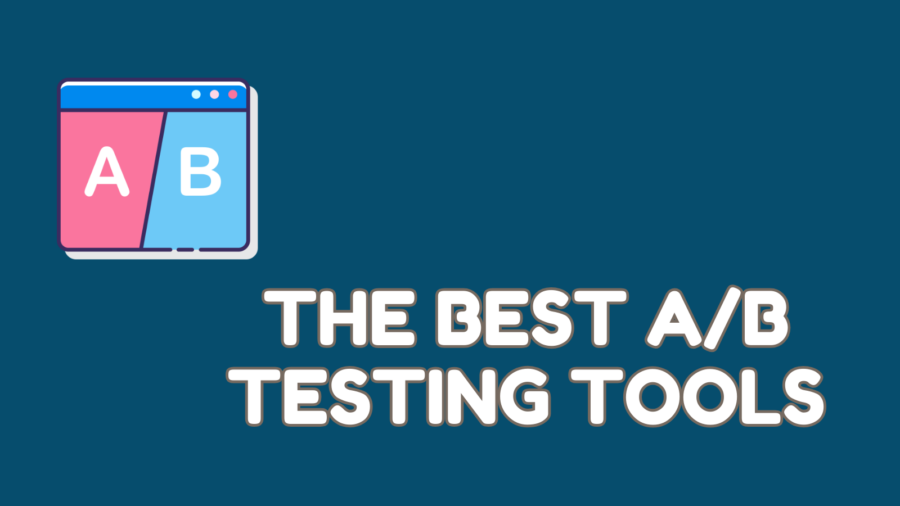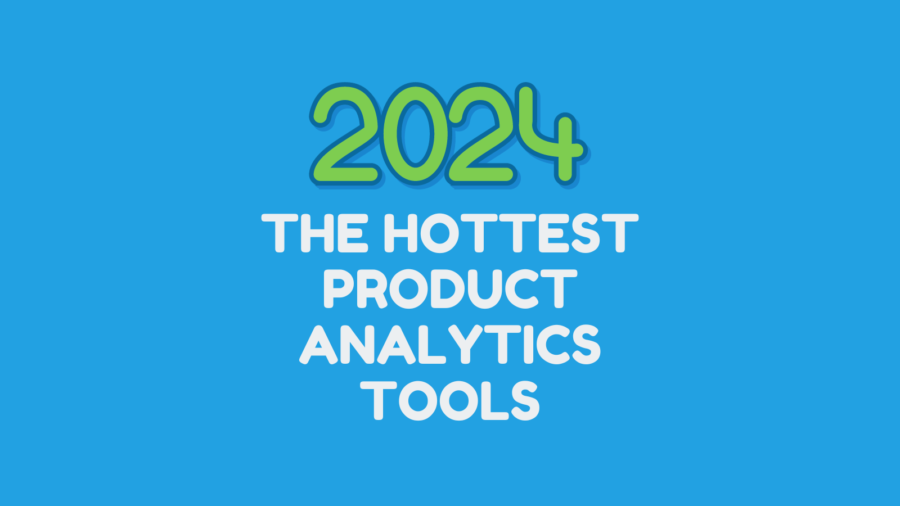Introduction
In the dynamic landscape of digital products and services, understanding user behavior is crucial for informed decision-making and continuous improvement. Two prominent players in the realm of product analytics are Google Analytics and Snowplow. These tools provide businesses with valuable insights into user interactions, helping them refine their strategies and enhance user experiences. In this comprehensive comparison, we’ll delve into the features, advantages, and limitations of Google Analytics and Snowplow from a product analytics perspective.
Understanding the Basics
Google Analytics:
Google Analytics, a widely used web analytics service, offers a suite of tools to track and report website traffic. Developed by Google, this platform is known for its user-friendly interface and accessibility. Google Analytics allows businesses to monitor various metrics, including user demographics, traffic sources, and user engagement. It offers both free and premium versions, making it accessible to a broad spectrum of users.
Snowplow:
On the other hand, Snowplow is an open-source event tracking platform designed for businesses seeking a more customizable and scalable solution. Unlike Google Analytics, Snowplow is self-hosted, giving users greater control over their data. Snowplow focuses on event-level tracking, enabling businesses to capture granular data about user interactions, allowing for more in-depth analysis.
Feature Comparison
1. Data Collection and Granularity:
Google Analytics:
Google Analytics primarily relies on a predefined set of metrics and dimensions, providing a simplified approach to data collection. While it captures essential information about user interactions, the granularity may not be sufficient for businesses with complex tracking requirements.
Sowplow:
Snowplow excels in providing granular data, capturing events at the level of individual interactions. This allows for more detailed insights into user behavior. Businesses can define and track custom events tailored to their specific needs, offering unparalleled flexibility in data collection.
2. Customization:
Google Analytics:
Google Analytics offers some level of customization through goals, events, and custom dimensions. However, the degree of flexibility is limited compared to Snowplow. Users may find themselves constrained by the predefined structure of Google Analytics.
Sowplow:
Customization is where Snowplow truly shines. Users can define and track events based on their unique business goals. This level of flexibility enables businesses to gather precise data aligned with their specific requirements, empowering them to make informed decisions.
3. Real-Time Analytics:
Google Analytics:
Google Analytics provides real-time reporting, allowing users to monitor current website activity. This feature is invaluable for businesses that require up-to-the-minute insights into user behavior.
Sowplow:
Snowplow, while capable of near-real-time analytics, may not match the immediacy of Google Analytics. The self-hosted nature of Snowplow allows for more control over data processing, but it may introduce some latency in reporting.
4. Cost:
Google Analytics:
Google Analytics offers a free version with robust features suitable for many businesses. However, larger enterprises may opt for Google Analytics 360, a premium version with additional capabilities. The pricing for Google Analytics 360 can be substantial.
Sowplow:
Snowplow is open source, making it a cost-effective solution for businesses with the technical expertise to manage their infrastructure. While the software itself is free, users need to consider the costs associated with hosting, maintenance, and support.
5. Privacy and Ownership:
Google Analytics:
Using Google Analytics involves sharing data with Google, raising concerns about privacy and data ownership. While Google has robust security measures in place, businesses with strict privacy requirements may have reservations.
Sowplow:
Snowplow offers greater control over data privacy and ownership since it is self-hosted. Businesses can keep their data within their infrastructure, ensuring compliance with privacy regulations and maintaining full control over sensitive information.
6. Integration:
Google Analytics:
Google Analytics seamlessly integrates with various Google services, providing a cohesive ecosystem. Additionally, it supports integration with many third-party tools and platforms, making it a versatile choice for businesses with diverse tech stacks.
Sowplow:
Snowplow supports integration with a range of data storage and visualization tools. While it may not have the same out-of-the-box integrations as Google Analytics, its open-source nature allows users to build custom integrations tailored to their specific needs.
Conclusion
In the realm of product analytics, choosing between Google Analytics and Snowplow boils down to the specific needs and preferences of a business. Google Analytics offers a user-friendly interface, real-time reporting, and a cost-effective solution for many users. On the other hand, Snowplow provides unparalleled customization, granular data collection, and greater control over privacy and ownership.
For businesses seeking a straightforward, out-of-the-box solution with robust features, Google Analytics may be the go-to choice. However, those with advanced tracking requirements, a focus on data ownership, and the technical capacity to manage their infrastructure may find Snowplow to be a powerful and flexible alternative.
In the end, the decision hinges on a careful consideration of the unique priorities and goals of the business, as well as the technical expertise available to implement and manage the chosen analytics solution. Whether it’s the familiarity and convenience of Google Analytics or the flexibility and control offered by Snowplow, both tools play vital roles in empowering businesses to gain actionable insights and drive continuous improvement in their digital products.
Check more comparisons from our Unraveling the Power of Product Tools series.





